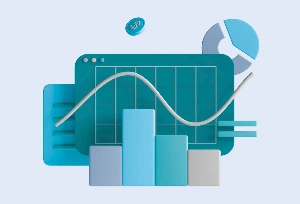# Automate Repetitive Tasks
Automation testing can seem more expensive upfront because of the initial investment in automation tools, infrastructure, and scripting.
However, automating repetitive testing tasks is a smart way to save time and reduce costs in the long run, especially for projects requiring repetitive or large-scale testing.
Tests like regression, smoke, and performance testing are ideal options for automation since they require consistent execution across multiple builds.
Here is how automation can reduce QA testing costs:
- Once tests are automated, they can be reused across multiple builds and projects without additional effort. This reduces labor costs associated with manual testing for the same tasks.
- Automated tests run much faster than manual ones, allowing you to test more in less time.
- Automation handles large datasets, multiple platforms, and complex scenarios effortlessly, which would require a significant manual testing workforce.
- It eliminates human error in repetitive tasks, reducing the risk of costly fixes later.
- Though automation has a higher upfront cost, the reuse of test scripts and reduced manual labor make it a cost-efficient solution for ongoing and future projects.
# Continuous Integration and Testing
According to the Systems Sciences Institute, fixing errors after release can cost 4–100 times more than addressing them during the early stages. Late-stage bugs often require extensive rework across multiple components, making them far more expensive and challenging to fix.
By introducing tests early, starting with unit testing and progressing to integration and system testing, teams can detect issues as they arise, minimizing debugging efforts and reducing the risk of major defects later.
Frequent regression and continuous testing in every sprint, especially in Agile environments, ensure that new changes do not break existing functionality. This systematic approach also prioritizes performance and security testing to address critical issues proactively.
# Optimize Test Coverage
The goal of optimizing test coverage is to focus on essential areas of the application while avoiding redundant or low-value testing.
Want to stay efficient? Use requirement traceability to map each test case to a specific feature or need. This ensures you're testing the right things and not wasting testing time on irrelevant areas. Regularly clean up your test suite by removing outdated or redundant cases.
Don’t overlook the power of tools. Code coverage tools can reveal which parts of your application are untested, so you can concentrate on critical gaps. Breaking the system into smaller modules and testing each one separately also makes it easier to spot and fix problems.
Additional Ways to Maintain Quality While Reducing Testing Costs
Here are three more practical ideas on how to reduce the cost of software testing.
Collaborative Testing Between Teams
Encourage collaboration between development, QA, and business teams to share knowledge and improve efficiency. By working together, teams can identify potential issues earlier, reduce redundancies, and ensure that testing efforts are aligned with project goals.
Staying Aware of the Hidden Costs
Hidden costs, like tool updates, infrastructure fees, or specialized training, can quickly inflate testing budgets. Regularly review expenses, plan for unexpected costs, and ensure transparency in outsourcing agreements to avoid surprises.
Using Reusable Materials in Training Employees
Invest in creating reusable training resources like recorded sessions, guides, and e-learning modules. These materials reduce the time and costs associated with onboarding new QA team members while maintaining consistent training quality.
Common Pitfalls to Avoid When Reducing Testing Costs
When working to reduce software testing costs, try to focus on efficiency, not just lowering expenses. Implementing the right tools, processes, and automation can drive efficient software testing cost reduction without compromising on the effectiveness or quality of the tests. 
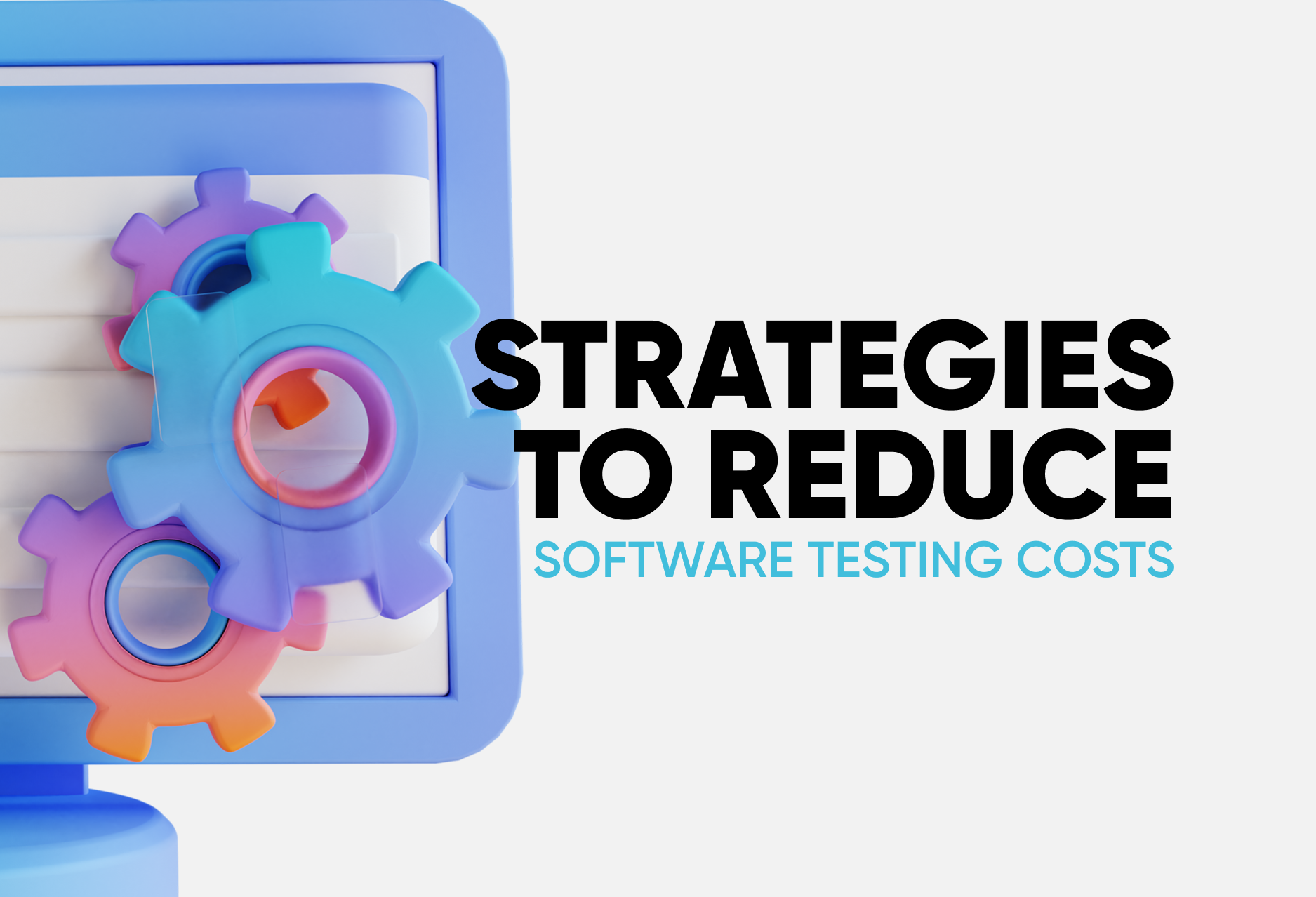


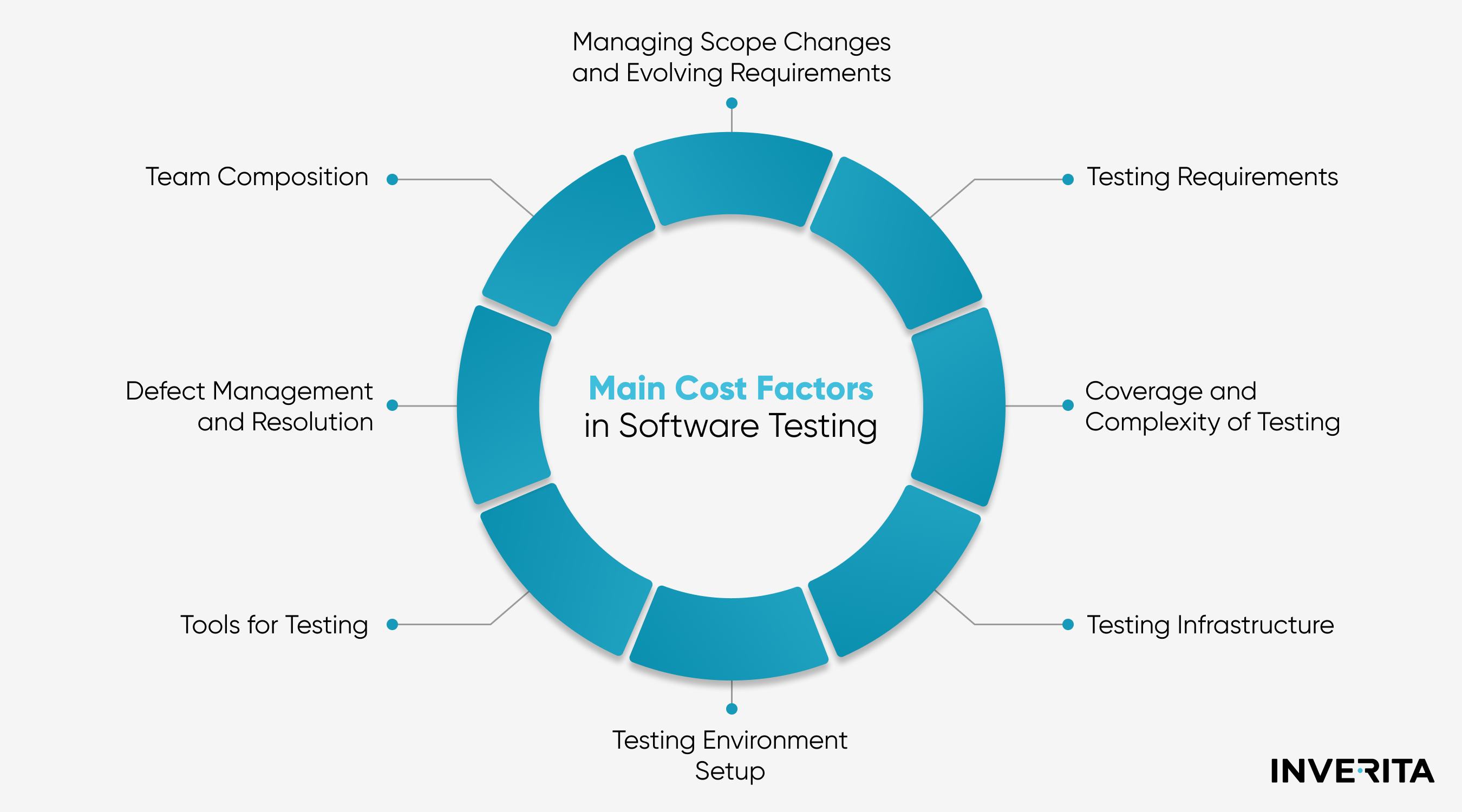
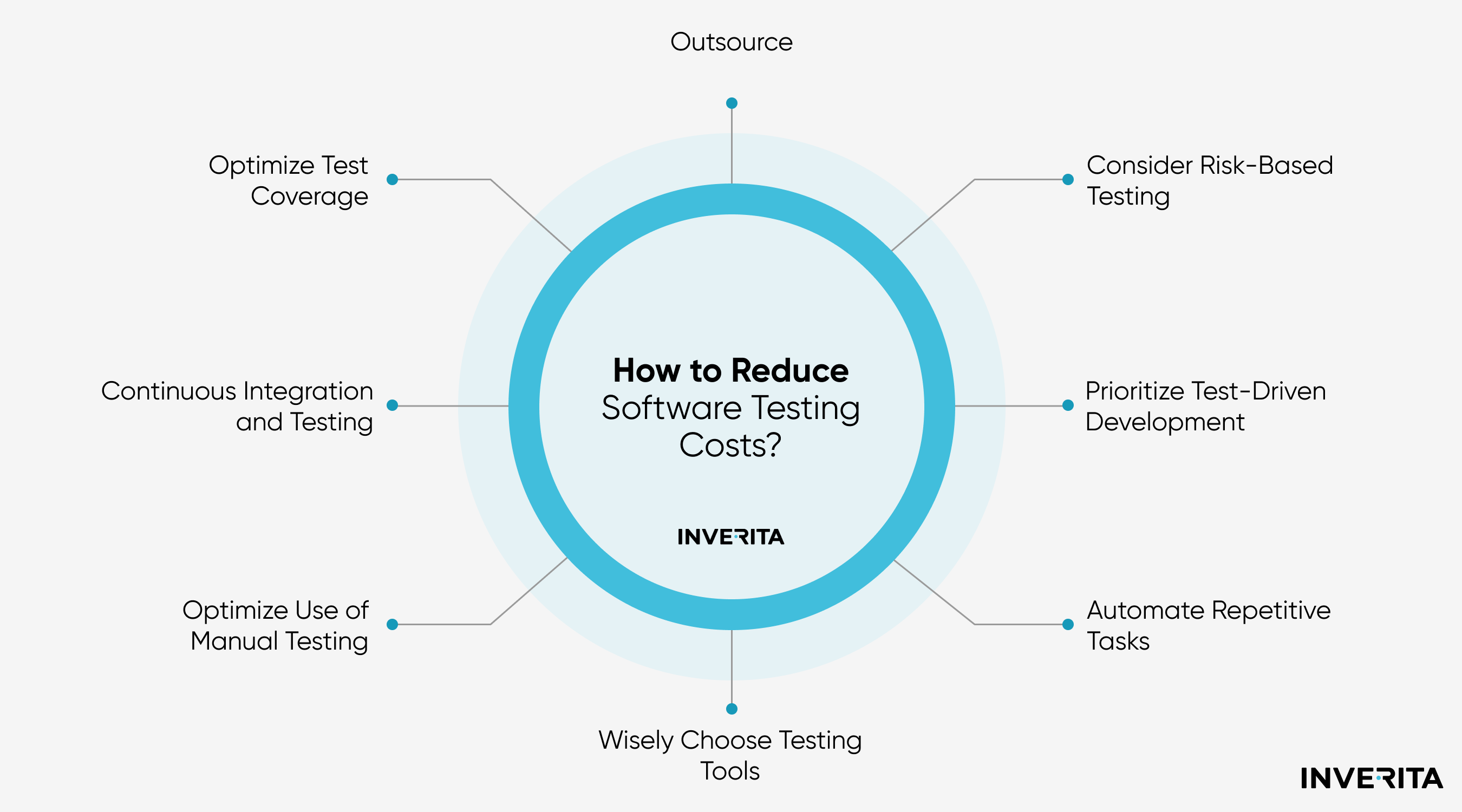
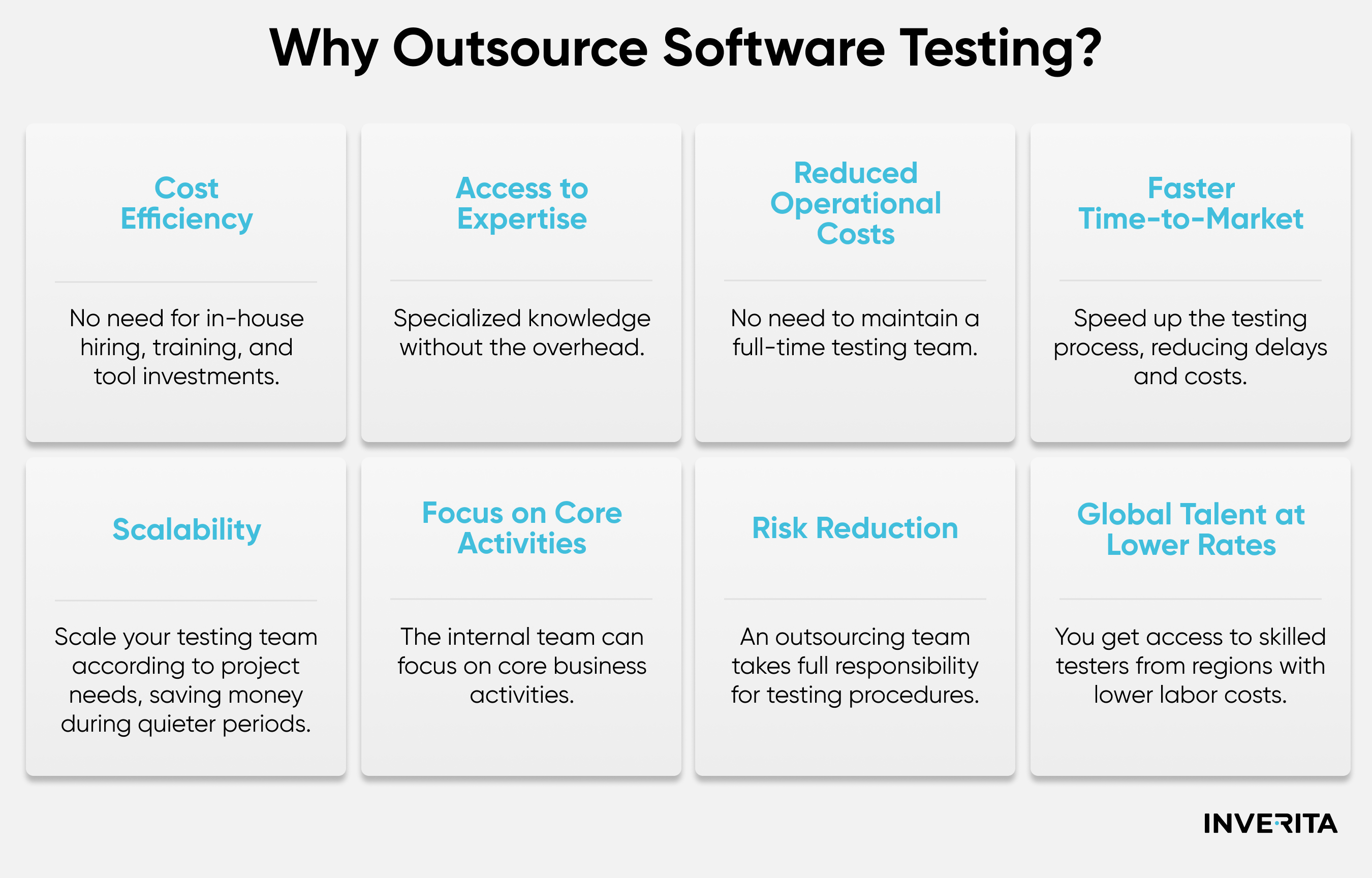
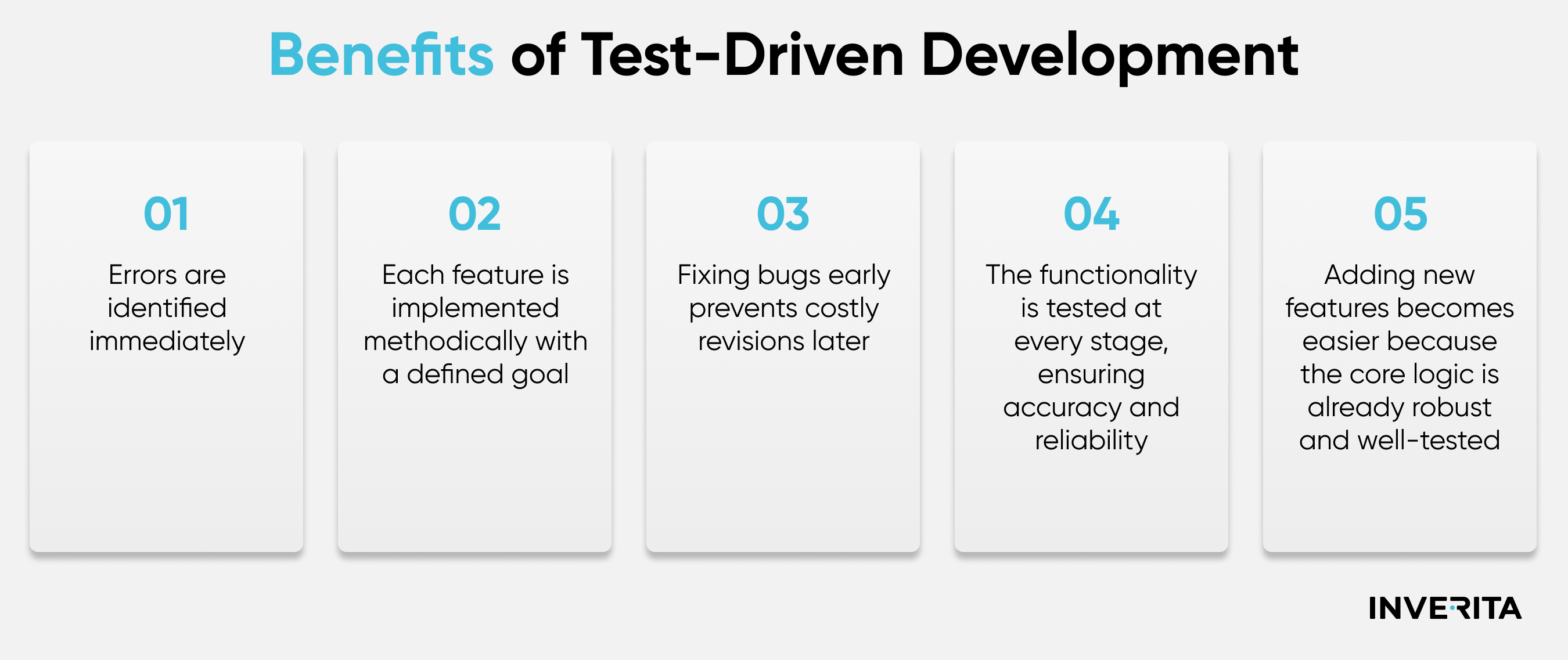
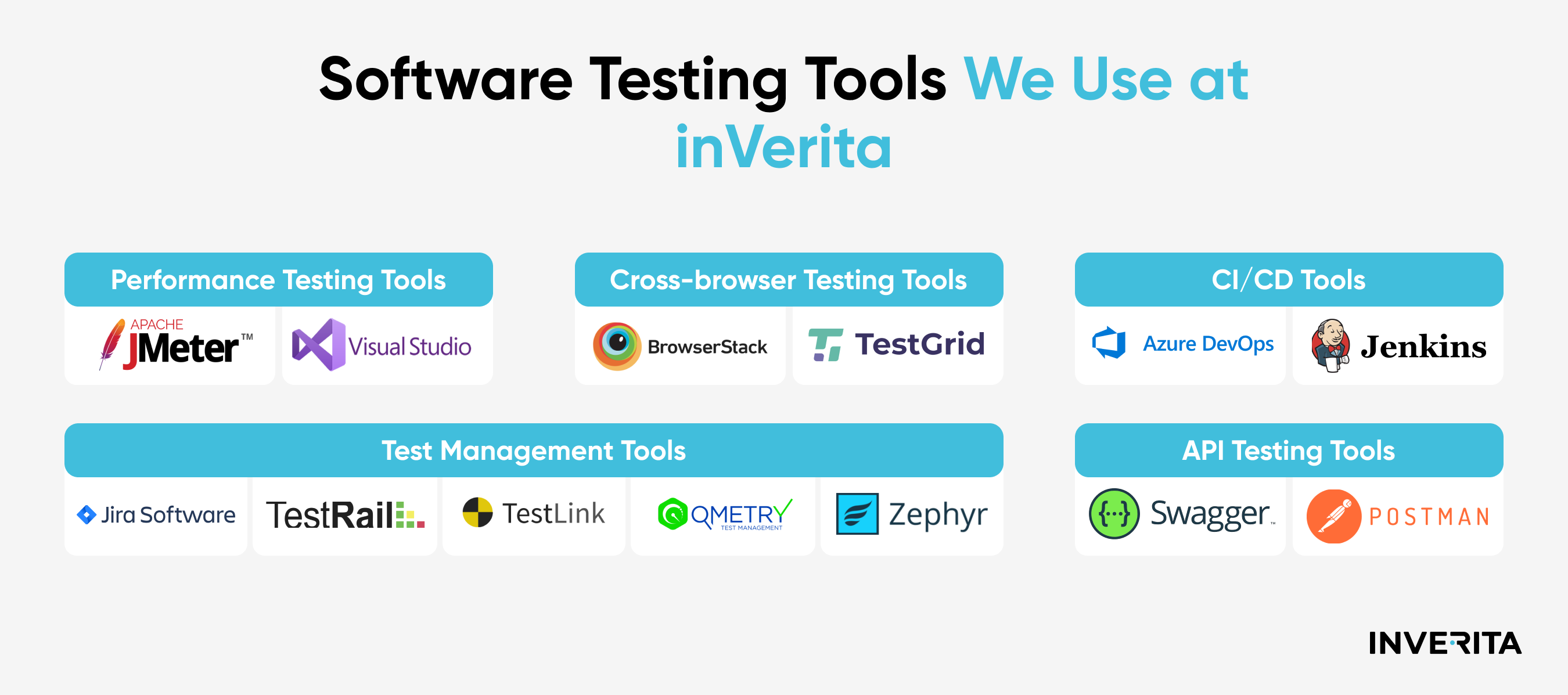
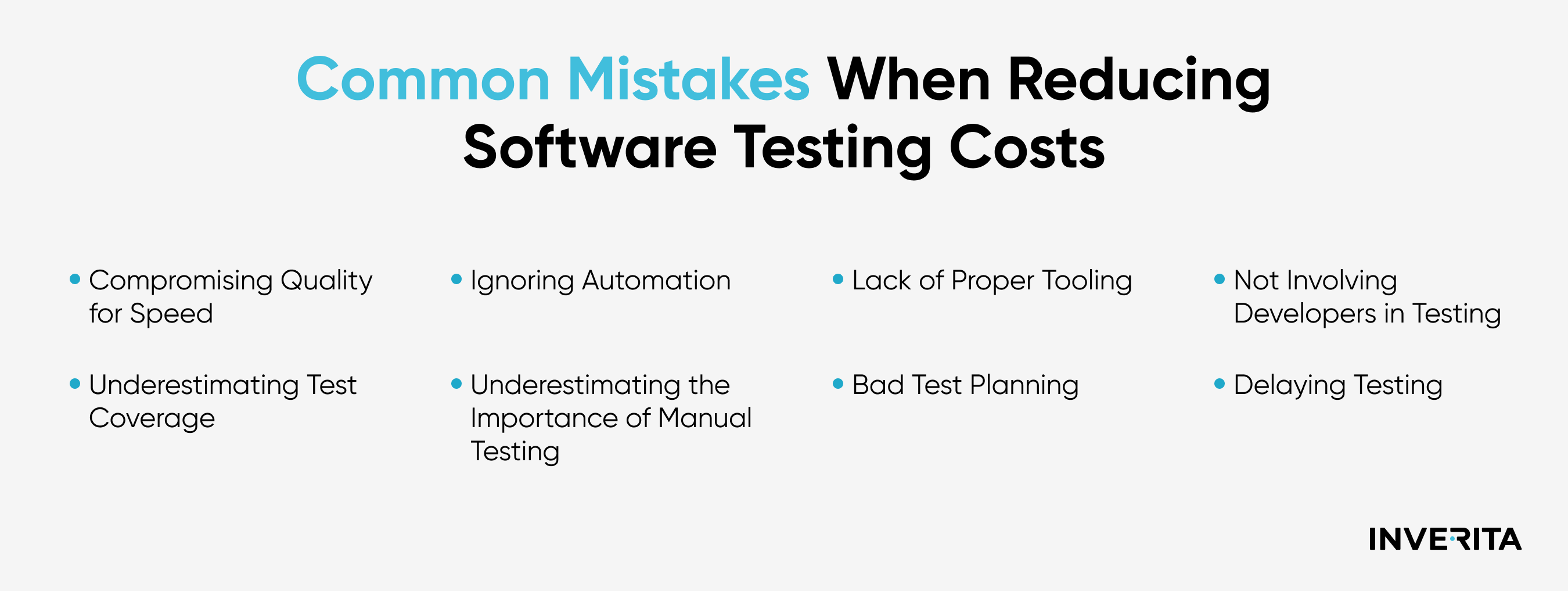
_1764586939-small.webp)

